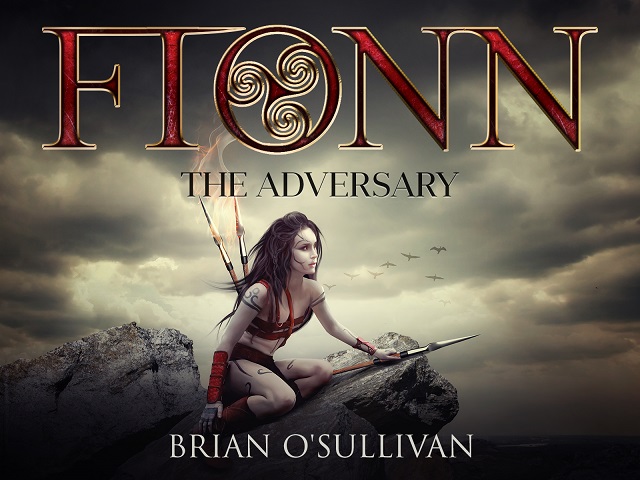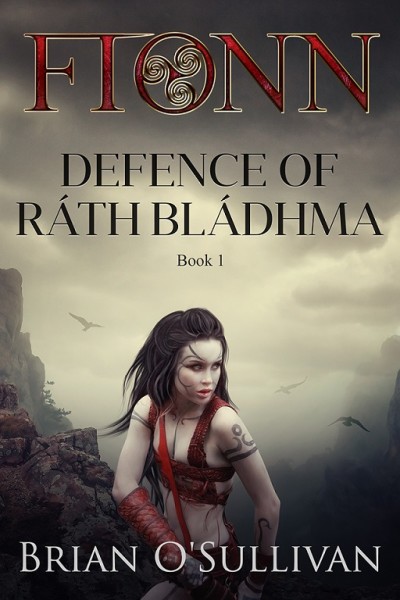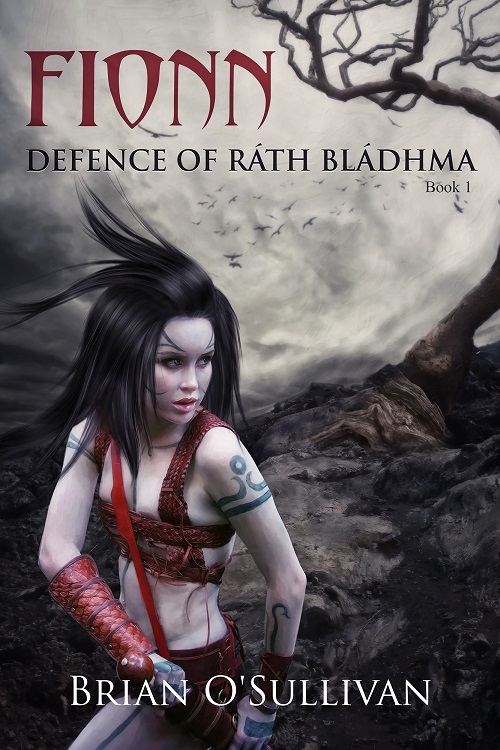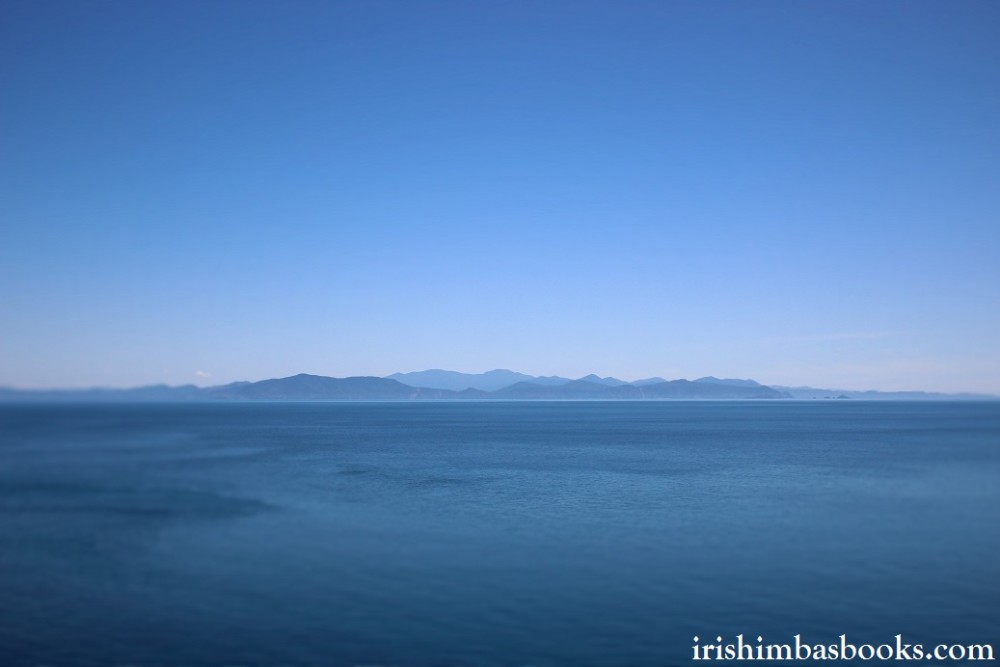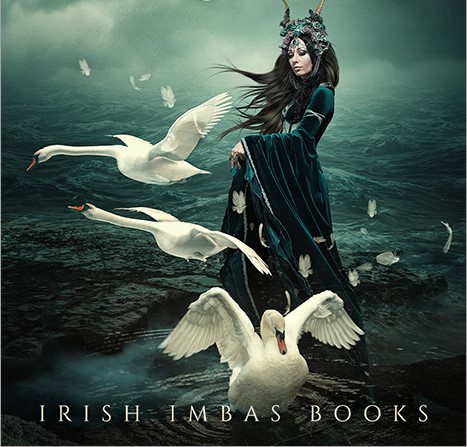
Mol an óige agus tiocfaidh sí
Praise youth and it will blossom (or literally, “praise youth and it will go!”).

Last week I attended a powhiri (a Maori welcoming ceremony) up in Fielding for the uptake of new Maori students joining Manukura, a Maori kaupapa-based school/sports academy. It was a two-hour drive up from Wellington and an early start but we had time and it was important to support our niece who was starting an exciting new milestone in her life.
Powhiri can be drawn out affairs. They follow a strict etiquette with a formal welcoming, the exchange of songs between hosts and visitors, speeches from both sides and of course, there’s always time put aside for individual people to stand up and say their own piece if they want to (they did!).
It was a dazzling 31°C by the time we took our seats and the speeches (in Te Reo – the Maori language) started. I thought the ceremony would drag but, in fact it sped through relatively easily and quickly, assisted by some beautiful singing from the school’s students and a powerful haka. Afterwards, all the students and staff lined up to hongi (press noses in greeting) the visitors. Given there were a few hundred on each side this was quite a challenge and I almost had a flat nose by the time we’d finished.

There’s something really powerful about attending powhiri for they’re one of the few occasions where the true strength of Maori culture is given full and authentic expression, not only in terms of language and haka and songs but in terms of the cultural concepts and rituals that inform them. Many westernised people (including some New Zealanders) often experience a sense of impatience at the time taken at powhiri (and I’m guilty of this myself). They feel the event should be wrapped up a bit faster, that the traditional rituals should give way to the needs and time pressures of contemporary life. Naturally, when people think like that, their expectations are based on their own cultural and personal experiences. Attending a Maori ritual like a powhiri is a rare event for most people and as a result, the Maori cultural concepts are sometimes not only unfamiliar but not relevant to the way they live their own lives. Sometimes, this leads to individuals who believe that Maori cultural concepts are unimportant and they can end up displaying a startling lack of respect. Such scorn is very much a symptom of where two cultures exist together but one is dominant over the other in terms of population, resource or political power-sharing.

As I was sitting there, listening to the speeches and the songs, I got to thinking how Maori managed to save at least some elements of their culture from the oppression of colonization and how similar that situation was with the impact of Norman/English colonisation back in Ireland. Colonisation is a mechanism to suppress and destroy a competing culture that encompasses a different way of thinking. It’s a way of forcing people in one culture to adhere to the way of thinking of a more dominant culture. In truth, its best to think of colonization as the competition between cultures as opposed to countries, the latter being little more than a red herring when you talk about societies.
In Ireland, from the mid-1600s onwards (when all native military power had pretty much been extinguished), the Gaelic way of thinking was systematically eroded through the Penal Laws and other social repressions enforced by the English Crown. Between the mid-1600s and today, the vast majority of the Irish population lost their language and their societal infrastructure and belief systems. Nowadays, despite 400 years of resistance, the War of Independence, the sacrifice of 1916, the cultural concepts of modern day Ireland are more like those of modern day England than the Gaelic culture pre-1650. In some respects you could say that Irish-Gaelic society won a few battles but they lost the war although you could argue that this is a good or bad thing.
It’d be a bit like looking through rose-tinted spectacles however to believe the old Gaelic social system was any better as a society than the newly imposed English rule. It might have been but then again it might not. We don’t know – and never will – but there are plenty of examples of how the Gaelic political leaders of the day could be just as big a pack of bastards as the invading colonists. No, the big loss here is the ultimate demise of a unique way of thinking that was developed over centuries (and possibly millennia). By supressing the culture of one society and forcing its members to adapt to another society we’re actually suppressing the intellectual diversity of the human race (not just the biodiversity). This, of course, has longer term and larger scale ramifications for our ability for long term survival.
Back in New Zealand, Maori lost a huge proportion of their culture and have been forced to adhere to the British system of governance, the English language and property control systems. I think the truth is that they’ll never regain their original culture (although they’ve managed to salvage important and impressive elements of it). Sitting there in the sun, listening to the songs being sung by future leaders of Maoridom (and possibly New Zealand), I realised that I was seeing something new, a resurgence, a re-melding. Despite all the oppression, these kids are still singing in Maori, talking in Maori, performing haka. More importantly, Maori have even managed to insert some of their cultural concepts into modern-day, western-dominated New Zealand (the concepts of mana, whanau, manaakitanga, tangi and so many more) so its no longer a one way road. If this can happen here, I wonder whether Irish Gaelic concepts can, or already are, working that well back home.





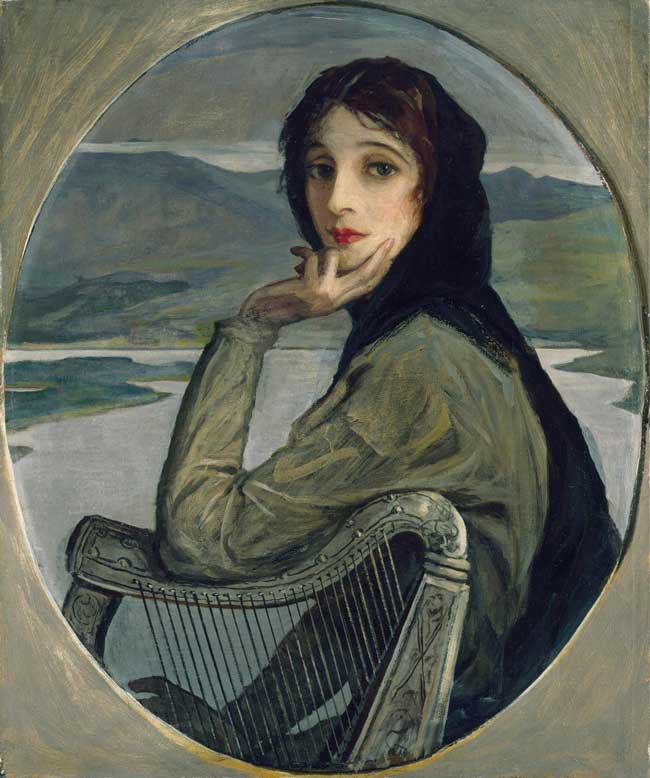

 Cathleen Ní Houlihan
Cathleen Ní Houlihan






